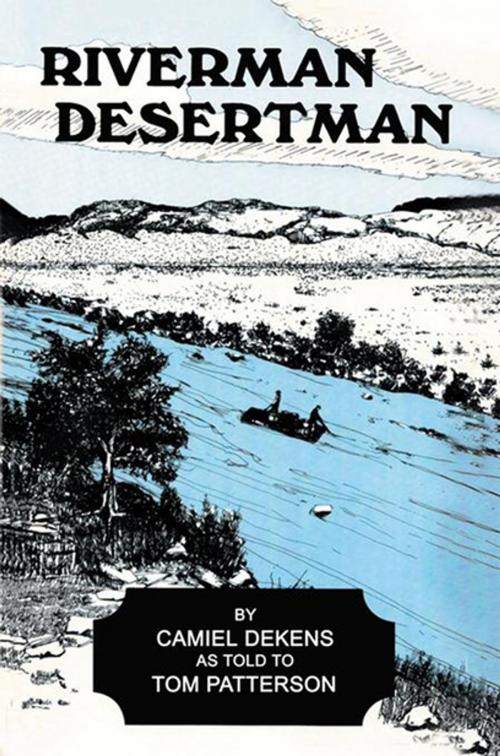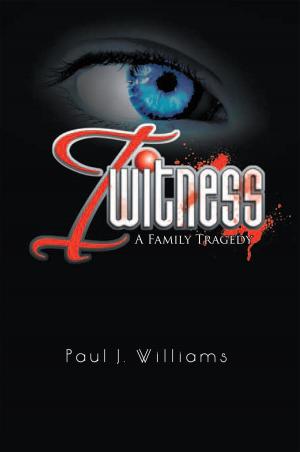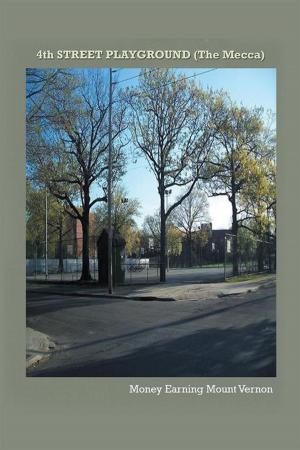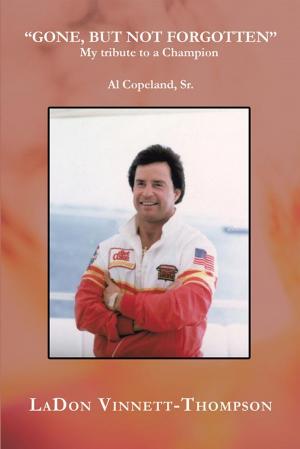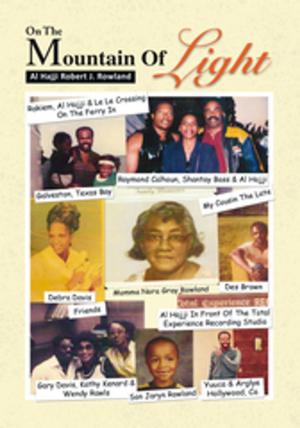| Author: | Camiel Dekens | ISBN: | 9781465397164 |
| Publisher: | Xlibris US | Publication: | December 7, 2011 |
| Imprint: | Xlibris US | Language: | English |
| Author: | Camiel Dekens |
| ISBN: | 9781465397164 |
| Publisher: | Xlibris US |
| Publication: | December 7, 2011 |
| Imprint: | Xlibris US |
| Language: | English |
Blythe, California, is located along the Colorado River in the Palo Verde Valley, a part of the great Sonoran Desert. The town is, in modern times, 100 miles from nowhere, two hours of high-speed freeway travel to anywhere. Riverman Desertman describes the settlement and early work in the Valley, when getting there was a two-day trip north from the stage stop at Glamis, or south from Blythe Junction (now the town of Rice). There was no established road to the west, across nearly 100 miles of open desert to the Coachella Valley. Travelers to the east had to be ferried across the river, where they faced a trek of at least 60 miles to Wickenburg. All of this took place, in 1907, at the pace of a mule team or a fast horse. Blythe pioneer Camiel Dekens recollections graphically describe the difficulties early settlers faced in their efforts to transform a river-bottom valley to a productive farming community. At the same time, he paints vivid portraits of some of the individuals who shared his time and space, many of whom gave their names to streets and roads that crisscross the Palo Verde Valley. According to Riverside County Historical Commission Chairman Bill Jennings, in his Forward to the 1990 Edition: Riverman, Desertman fills a vital niche in the short shelf of Riverside County history books. In the late 1950's, a veteran newspaper writer, Tom Patter-son, met Camiel Dekens and their chemistry was responsible for creating a rich memoir that chronicles an important time in the desert's long history. Because it concerns a relatively obscure area and represents one man's impact, it might otherwise have been ignored in the sparse recorded history of the Colorado (Western Sonoran) Desert. Tom had no tape recorder, being a newsman of the old school. Instead, he took tons of handwritten notes and went over the data carefully with his source. As a result, Riverman, Desertman is a concise, competent accurate chapter in the rich history of Riverside County. Co-author Tom Patterson, in his Introduction, says: This book is primarily the story of Palo Verde Valley in its days of hard struggle, early hope and steady growth from 1907 until 1922. During most of that time Camiel Dekens struggled along with it. Interestingly, the period of his own personal difficulties came when despondency began to overcome the Valley and his sense of mission returned when the Valley could again see its way ahead. Dekens, who applied himself to a raw place and saw it become the home of commerce and family life felt himself distinctly a part of Palo Verde Valley. Dekens recollections of characteristics of the Palo Verde Valley in the early years of the twentieth century-- its remote location, desert surroundings and the impact of a mighty and untamed river make this work a unique contribution to the history of a unique and remote area.
Blythe, California, is located along the Colorado River in the Palo Verde Valley, a part of the great Sonoran Desert. The town is, in modern times, 100 miles from nowhere, two hours of high-speed freeway travel to anywhere. Riverman Desertman describes the settlement and early work in the Valley, when getting there was a two-day trip north from the stage stop at Glamis, or south from Blythe Junction (now the town of Rice). There was no established road to the west, across nearly 100 miles of open desert to the Coachella Valley. Travelers to the east had to be ferried across the river, where they faced a trek of at least 60 miles to Wickenburg. All of this took place, in 1907, at the pace of a mule team or a fast horse. Blythe pioneer Camiel Dekens recollections graphically describe the difficulties early settlers faced in their efforts to transform a river-bottom valley to a productive farming community. At the same time, he paints vivid portraits of some of the individuals who shared his time and space, many of whom gave their names to streets and roads that crisscross the Palo Verde Valley. According to Riverside County Historical Commission Chairman Bill Jennings, in his Forward to the 1990 Edition: Riverman, Desertman fills a vital niche in the short shelf of Riverside County history books. In the late 1950's, a veteran newspaper writer, Tom Patter-son, met Camiel Dekens and their chemistry was responsible for creating a rich memoir that chronicles an important time in the desert's long history. Because it concerns a relatively obscure area and represents one man's impact, it might otherwise have been ignored in the sparse recorded history of the Colorado (Western Sonoran) Desert. Tom had no tape recorder, being a newsman of the old school. Instead, he took tons of handwritten notes and went over the data carefully with his source. As a result, Riverman, Desertman is a concise, competent accurate chapter in the rich history of Riverside County. Co-author Tom Patterson, in his Introduction, says: This book is primarily the story of Palo Verde Valley in its days of hard struggle, early hope and steady growth from 1907 until 1922. During most of that time Camiel Dekens struggled along with it. Interestingly, the period of his own personal difficulties came when despondency began to overcome the Valley and his sense of mission returned when the Valley could again see its way ahead. Dekens, who applied himself to a raw place and saw it become the home of commerce and family life felt himself distinctly a part of Palo Verde Valley. Dekens recollections of characteristics of the Palo Verde Valley in the early years of the twentieth century-- its remote location, desert surroundings and the impact of a mighty and untamed river make this work a unique contribution to the history of a unique and remote area.
